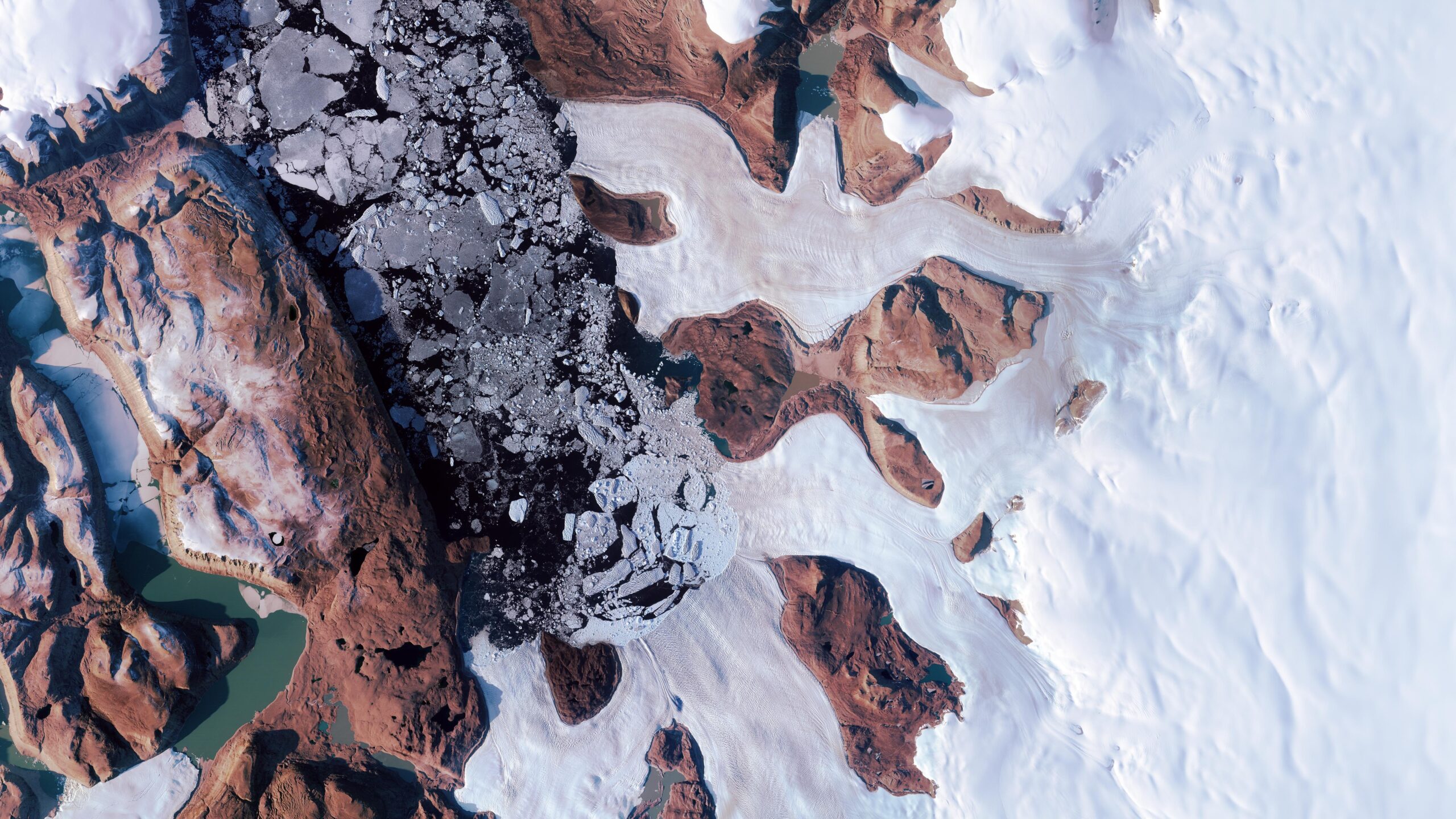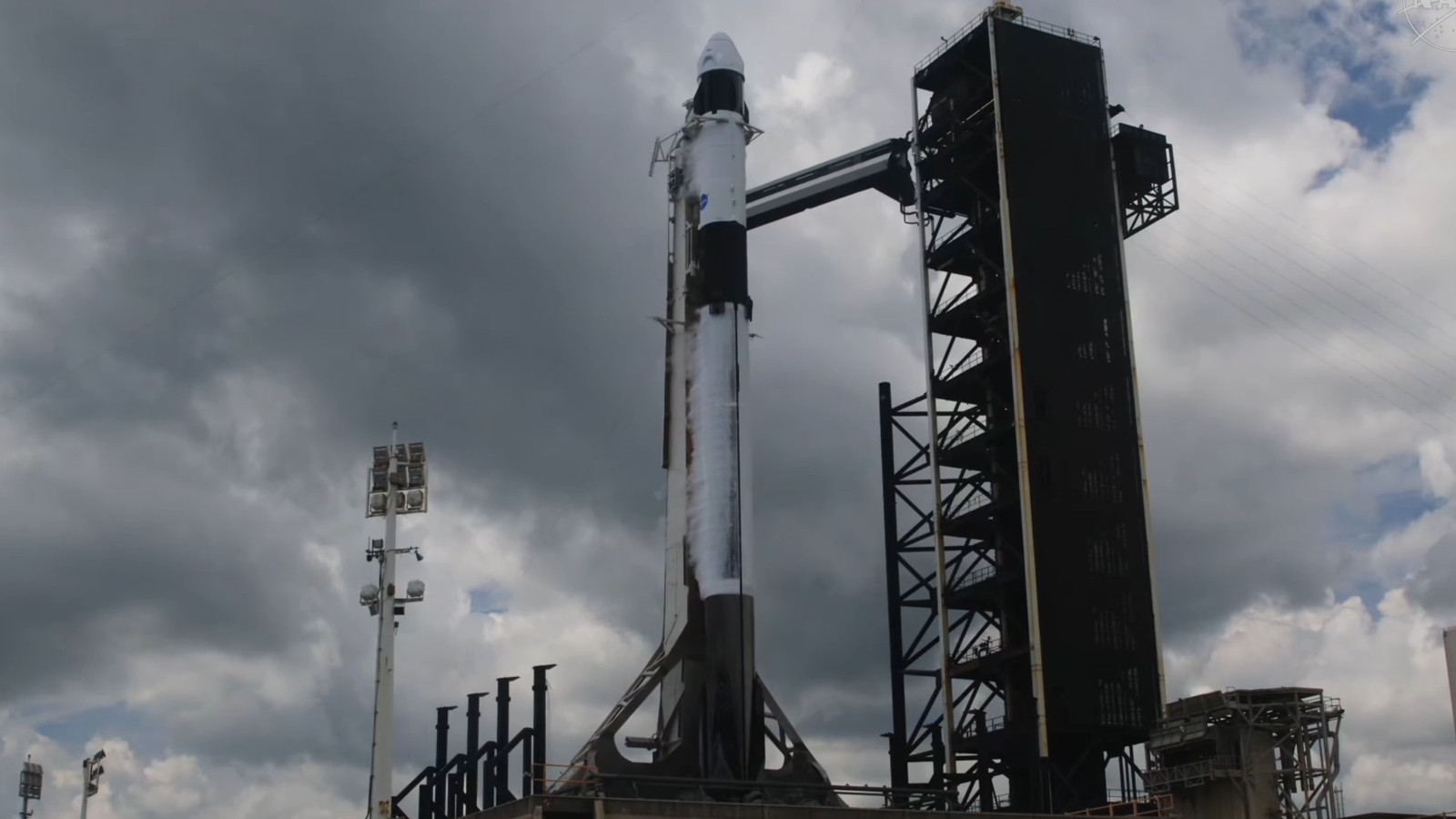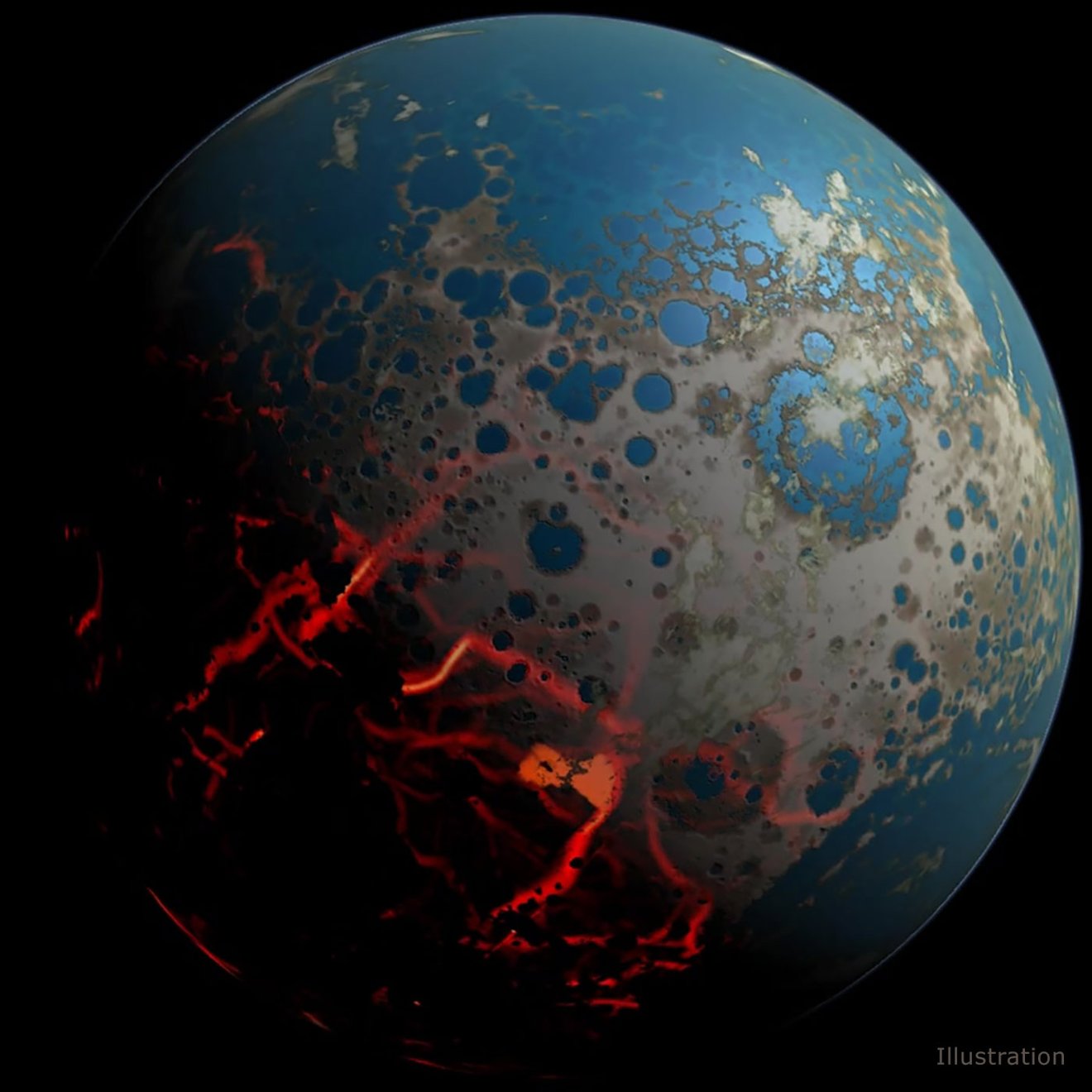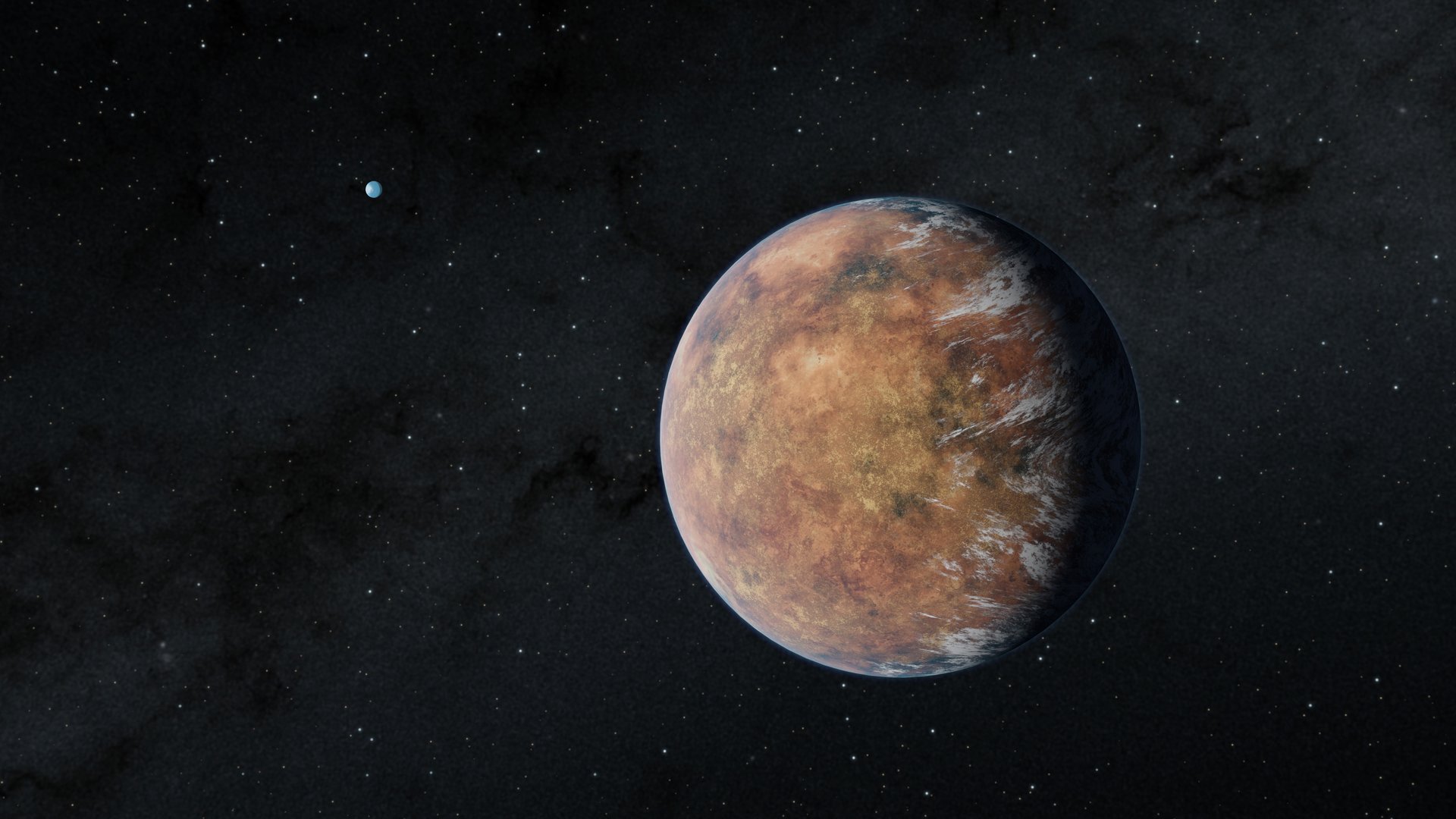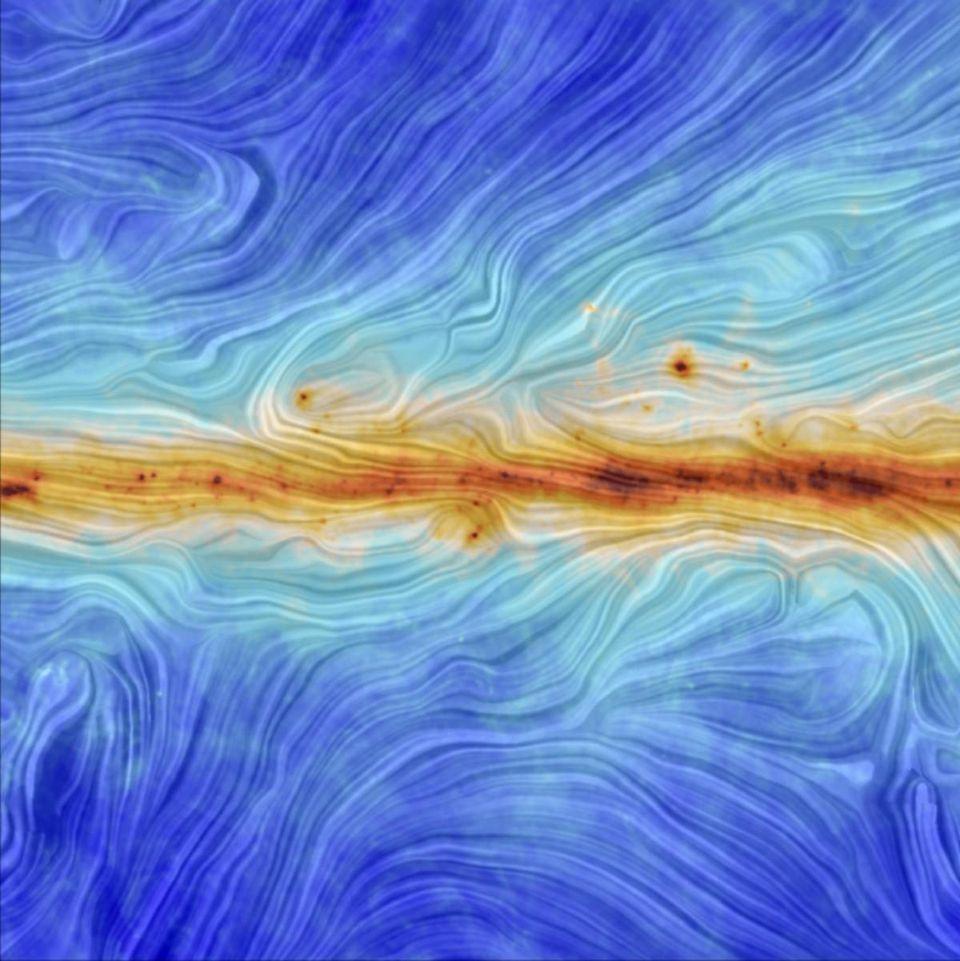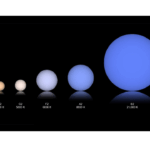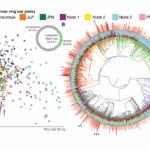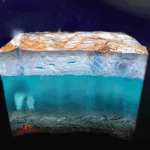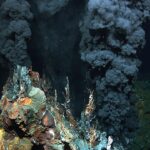Deep in the heart of our galaxy lies one of the most chaotic and mysterious regions in space. Now, scientists have created the first detailed map of magnetic fields in
Archive for July, 20252- Page
A hidden lake beneath the Greenland Ice Sheet unexpectedly drained more than a decade ago, fracturing the ice surface and forming a large crater — an event only recently uncovered
Blue Origin’s next space tourism mission will launch this weekend, if all goes according to plan. Jeff Bezos‘ aerospace company announced on Wednesday (July 30) that it’s targeting Sunday (Aug.
CAPE CANAVERAL, Fla. — SpaceX scrubbed today’s (July 31) launch attempt of the Crew-11 astronaut mission for NASA. Launch officials called the scrub just over a minute before liftoff, due
Thick clouds prompted SpaceX to call off Thursday’s planned launch of four astronauts to the International Space Station for NASA.
Life arose early in Earth’s history. Was this an inevitable process, or an extremely unlikely event that happened early on, and what does this tell us about the likelihood of
Science is driven by our desire to understand things. In some cases, where it requires significant effort and investment to develop systems that can understand new things, science benefits from
Scientists have achieved a groundbreaking milestone by creating the first detailed map of magnetic fields in one of the most chaotic regions of space, the turbulent center of our own
Science is driven by our desire to understand things. In some cases, where it requires significant effort and investment to develop systems that can understand new things, science benefits from
Astrobiology in the news — Grok via Astrobiology.com This study examines the communication of astrobiology and the Search for Life Elsewhere (SLE) in academic papers, press releases, and news articles
-
 01From Polymerization-Enabled Folding and Assembly to Chemical Evolution: Key Processes for Emergence of Functional Polymers in the Origin of Life
01From Polymerization-Enabled Folding and Assembly to Chemical Evolution: Key Processes for Emergence of Functional Polymers in the Origin of Life -
 02Two Black Holes Observed Circling Each Other for the First Time
02Two Black Holes Observed Circling Each Other for the First Time -
 03How New NASA, India Earth Satellite NISAR Will See Earth
03How New NASA, India Earth Satellite NISAR Will See Earth -
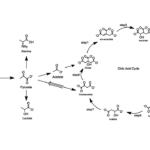 04Thermodynamic Constraints On The Citric Acid Cycle And Related Reactions In Ocean World Interiors
04Thermodynamic Constraints On The Citric Acid Cycle And Related Reactions In Ocean World Interiors -
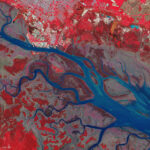 05Φsat-2 begins science phase for AI Earth images
05Φsat-2 begins science phase for AI Earth images -
 06Hurricane forecasters are losing 3 key satellites ahead of peak storm season − a meteorologist explains why it matters
06Hurricane forecasters are losing 3 key satellites ahead of peak storm season − a meteorologist explains why it matters -
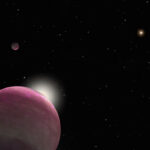 07Binary star systems are complex astronomical objects − a new AI approach could pin down their properties quickly
07Binary star systems are complex astronomical objects − a new AI approach could pin down their properties quickly


